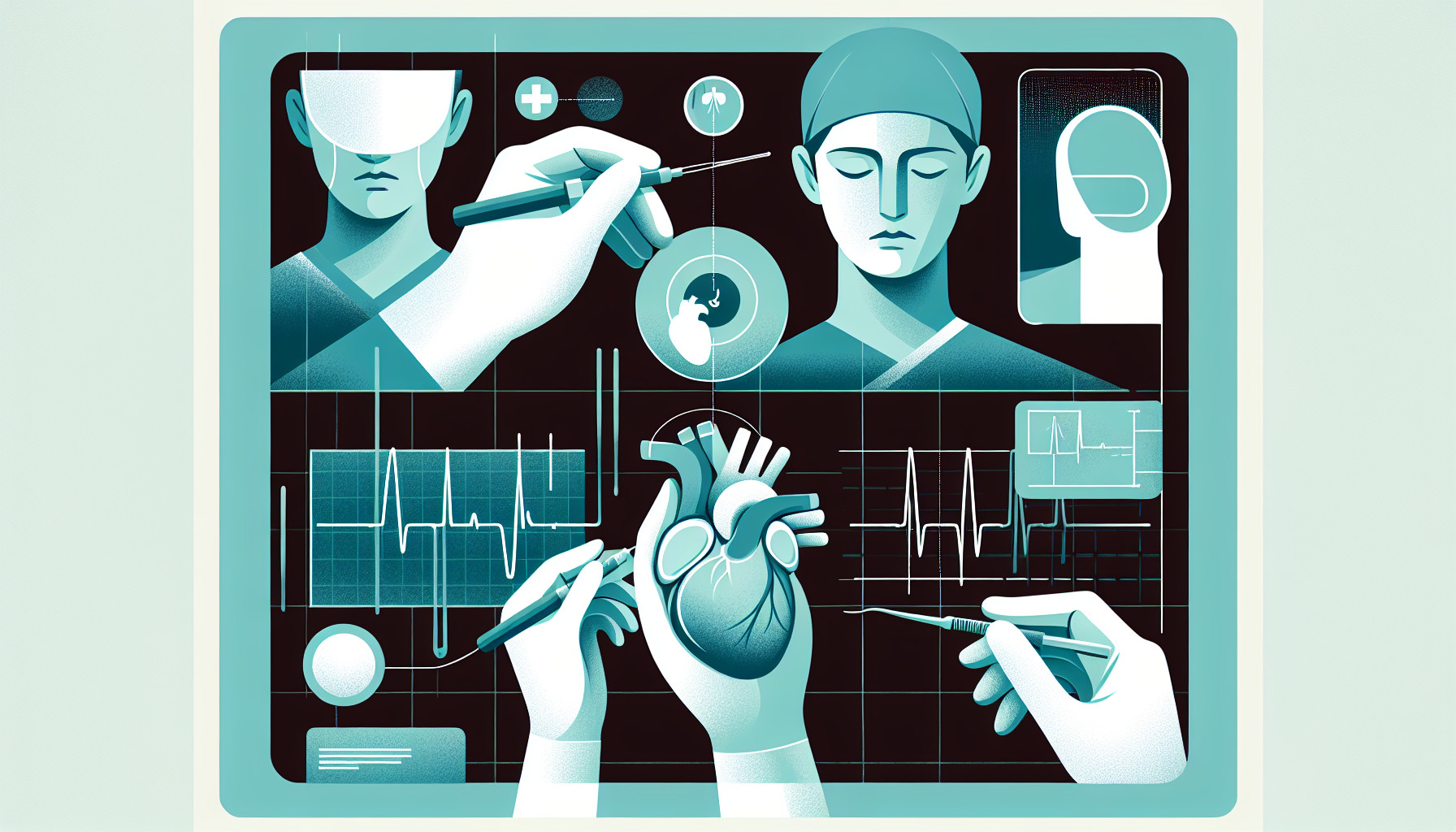Our Summary
This research paper investigates whether a specially made breathing tube (laryngectomy tube) can help patients who have had their voice box (larynx) completely removed (total laryngectomy) and have unusual anatomy. These patients have been unable to use the standard breathing tubes available on the market. The study also showcases how 3D printed medical devices can be used in conjunction with a fast-track process through the FDA.
The researchers used a custom-made breathing tube, created in their own labs, for each patient. All the patients picked for the study had life-threatening issues with airway blockage when using the standard tubes.
The results showed that using the custom-made tubes, all patients had no further issues with airway blockage. The patients also reported feeling more comfortable.
The study concludes that these custom-made tubes can help patients with unusual anatomy by relieving airway blockages and increasing comfort when standard tubes fail. The way these tubes were created could also be applied to other diseases and patients with unusual anatomies through the FDA’s fast-track process.
FAQs
- What was the purpose of the research study on the specially made laryngectomy tube?
- How did the use of custom-made tubes affect patients with unusual anatomy following a total laryngectomy?
- Can the method used to create these custom-made tubes be applied to other diseases or patients with unusual anatomies?
Doctor’s Tip
A doctor might tell a patient undergoing a laryngectomy that using a custom-made breathing tube can help alleviate airway blockages and increase comfort, especially for those with unusual anatomy. This option may be beneficial if standard tubes are not effective.
Suitable For
Typically, patients who have had their voice box completely removed (total laryngectomy) and have unusual anatomy that prevents them from using standard breathing tubes are recommended for laryngectomy. These patients may have life-threatening issues with airway blockage when using standard tubes and may benefit from custom-made breathing tubes to alleviate these issues.
Timeline
Before laryngectomy:
- Patient is diagnosed with a condition in the larynx that requires removal
- Patient undergoes pre-operative consultations and tests
- Patient undergoes laryngectomy surgery, where the voice box is completely removed
- Patient may receive post-operative care and rehabilitation, including speech therapy
After laryngectomy:
- Patient may experience difficulty breathing and speaking due to the absence of the voice box
- Patient may require a tracheostomy tube for breathing
- Patient may undergo speech therapy to learn alternative methods of communication
- Patient may experience emotional and psychological challenges related to the loss of voice
- Patient may explore options for voice restoration, such as voice prosthesis or electrolarynx
- Patient may require ongoing medical care and support to manage complications and adjust to life without a voice box
What to Ask Your Doctor
Some questions a patient should ask their doctor about laryngectomy include:
- Is a laryngectomy the best option for my condition?
- What are the potential risks and complications associated with a laryngectomy?
- How will my ability to speak, breathe, and swallow be affected after a laryngectomy?
- Will I need a breathing tube (laryngectomy tube) after the surgery?
- What are the differences between standard breathing tubes and custom-made breathing tubes for laryngectomy patients?
- How is a custom-made breathing tube created and fitted for each patient?
- What are the potential benefits of using a custom-made breathing tube for patients with unusual anatomy?
- Are there any specific criteria or conditions that make a patient eligible for a custom-made breathing tube?
- How often will I need to have my breathing tube replaced or adjusted?
- Are there any support groups or resources available for laryngectomy patients to help with the recovery process?
Reference
Authors: Daoud GE, von Windheim N, Alfayez Y, Michaels RE, Nyirjesy S, Chinn SB, Spector ME, VanKoevering KK. Journal: Ann Otol Rhinol Laryngol. 2023 Nov;132(11):1477-1482. doi: 10.1177/00034894231154190. Epub 2023 Feb 28. PMID: 36852947
